It was in 1976 that the Renault Sport , the brand's new competition department, the result of the merger of Alpine and Gordini's sports activities.
We would have to wait until 1995 for a division within Renault Sport dedicated to the development of high-performance versions of production cars to be created — in 2016, it would assume the designation of Renault Sport Cars — resulting in the end of Alpine, which closed its doors with the production ends of the A610, a rear-engine sports coupe — just like the Porsche 911.
However, already this century, with Carlos Ghosn at the helm of Renault and with the essential contribution of Carlos Tavares, at the time the manufacturer's number 2 and today the number 1 of the new giant Stellantis, Alpine “was back to life” definitively in 2017 with the launch of the A110, making this story return, in a way, to the starting point.
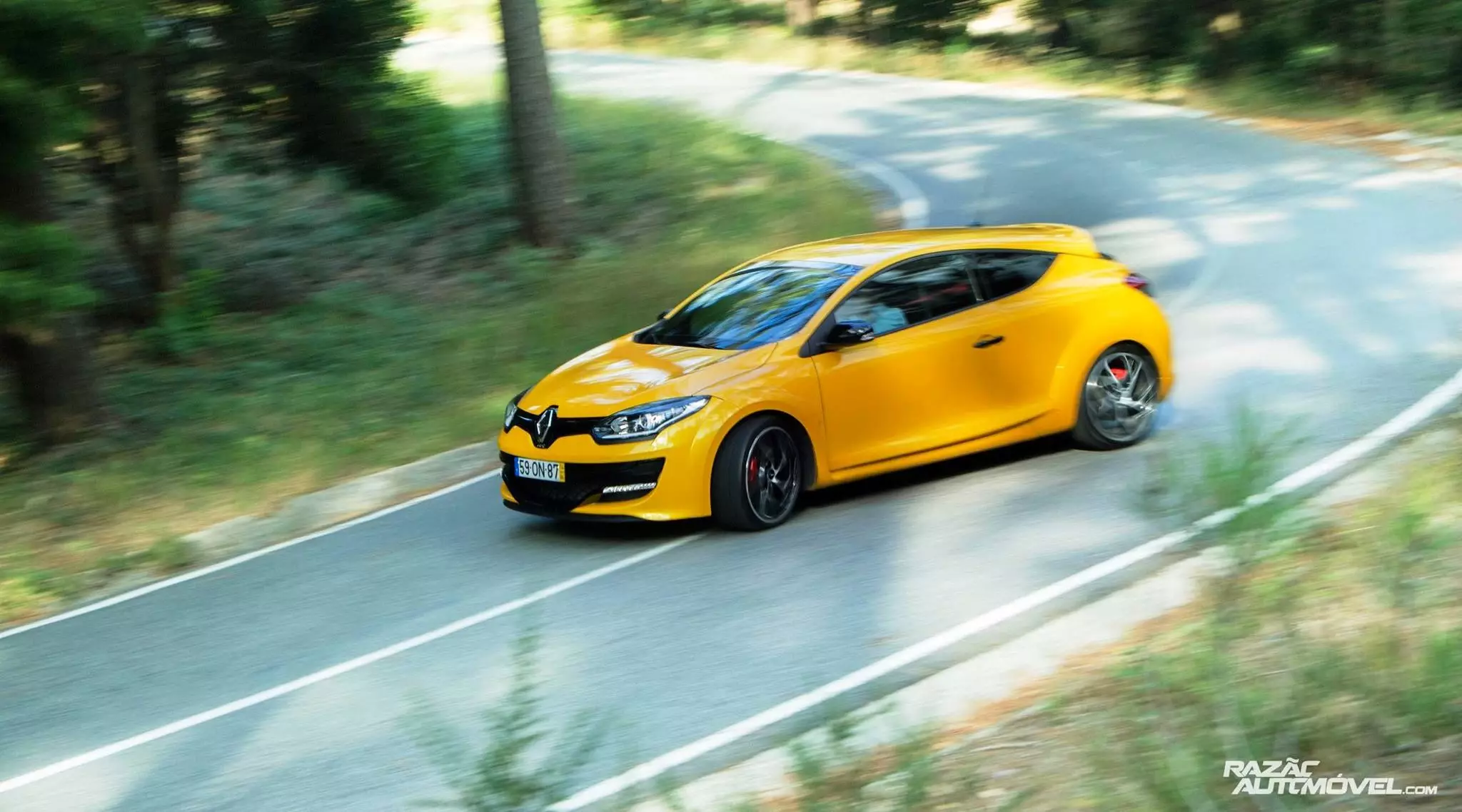
Now, reaching 2021, it is Renault Sport that "leaves the scene" to make way for Alpine, with the activities of Renault Sport Cars (production vehicles) and Renault Sport Racing (competition) to be absorbed by the historic brand French, but always based in Dieppe.
We still don't know for sure (at the time of this article's publication) what this change will mean for future “devilish” versions of road Renaults, but these 26 years of activity have left a vast and valuable legacy of models marked with the letters RS, on large majority of hot hatch that were, almost always, the "targets to shoot down".
With the end announced, we've put together a handful of RS, probably the most special of them all, and which show how fertile its existence was and the high competence of the people behind these machines focused on dynamic excellence and the most efficient driving experience. exciting.
Renault Spider Renault Sport
Predictably we would have to start with the first road car launched by Renault Sport, which made it known to the world in 1995: the Spider Renault Sport . It was born to be an Alpine, curiously, and it was an extreme roadster, reduced to the essentials, without a windshield — an item that would be available optionally a year later.
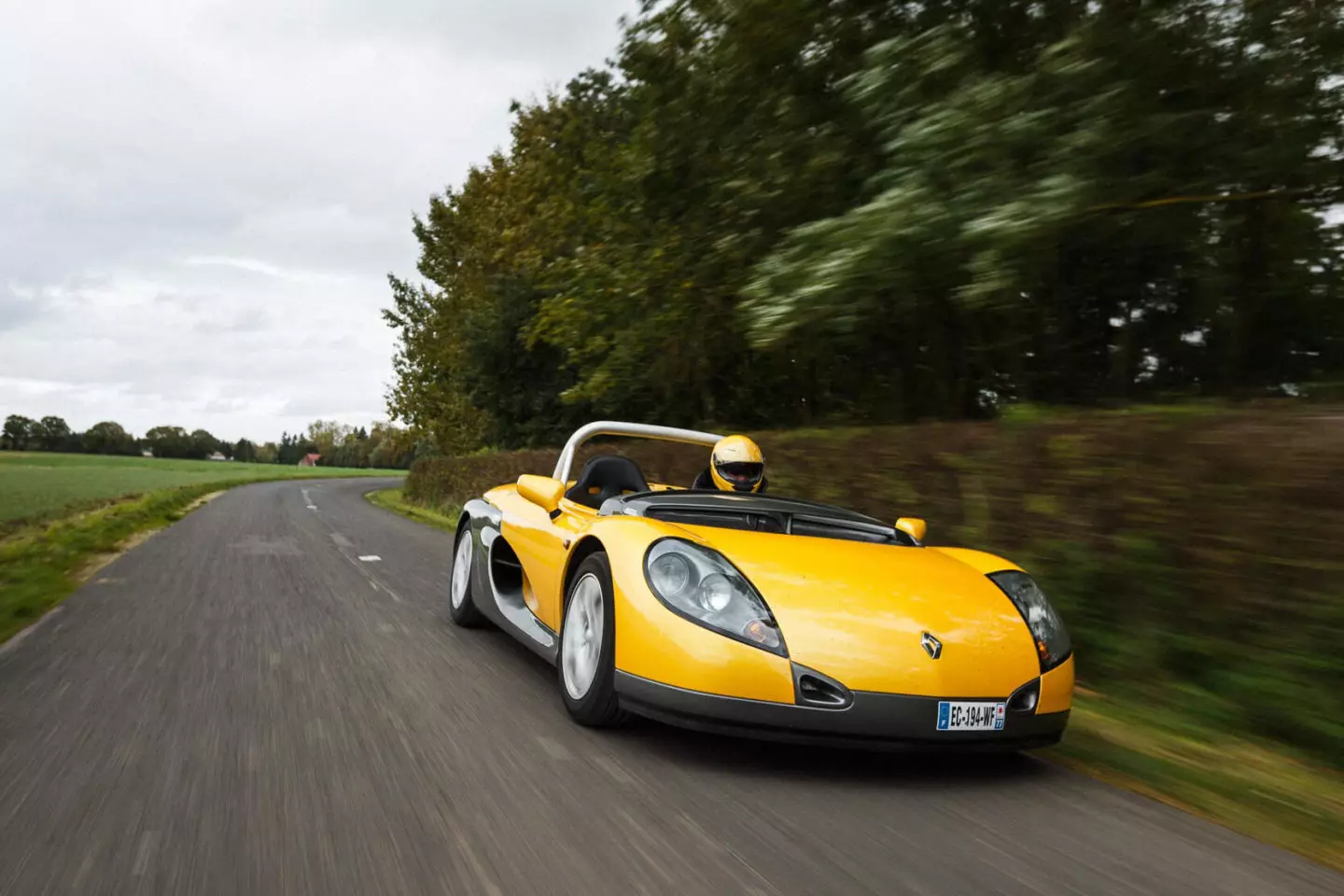
No windshield, as originally intended by its creators
Yes, the Twingo, Espace and Clio brand launched a roadster as or more radical than the Lotus Elise, unveiled that same year. If there was a model to put Renault Sport on the map, Spider would be that model.
The extremism of this creation and its aluminum “skeleton” helped to achieve a contained mass of only 930 kg (965 kg with the windshield), making the (modest) 150 hp of power — it used the 2 block, The atmospheric l of the Clio Williams, but here mounted behind the two occupants — were more than enough for convincing performance, but it was the unassisted driving experience that stood out.
The radicalism of the proposal — and also the success of the first Elise — meant that its four-year production (1995-1999) translated into just 1726 units, even deriving from it a competition Trophy version (for a single-brand trophy) with 180 hp
Renault Clio V6
If Spider was an eccentricity, what about the Renault Clio V6 ? This “monster” evoked another… “monster” from the diamond brand's past, the Renault 5 Turbo, a model that continues to be part of the imagination of many rally fans.

Renault Clio V6 Phase 1
In the image of its spiritual predecessor, the Clio V6 looked like a Clio after a steroid overdose when we saw it in 2000 — it was impossible to go unnoticed. Much wider than the other Clios, and with an unremarkable intake of air on the sides, it did not need the rear seats to “find” a huge 3.0 l capacity V6 (called ESL), atmospheric, with 230 hp.
It quickly gained a reputation for being dynamic… sensitive, difficult to handle on the edge, yet its truck-worthy turning diameter is infamous.
Despite the exotic character of the Clio V6, we were entitled to a second version, coinciding with the restyling of the second generation Clio. Renault Sport took the opportunity to smooth the dynamic edges of its "monster", while the V6 grew in power, up to 255 hp. More cohesive and less intimidating, but no less passionate.
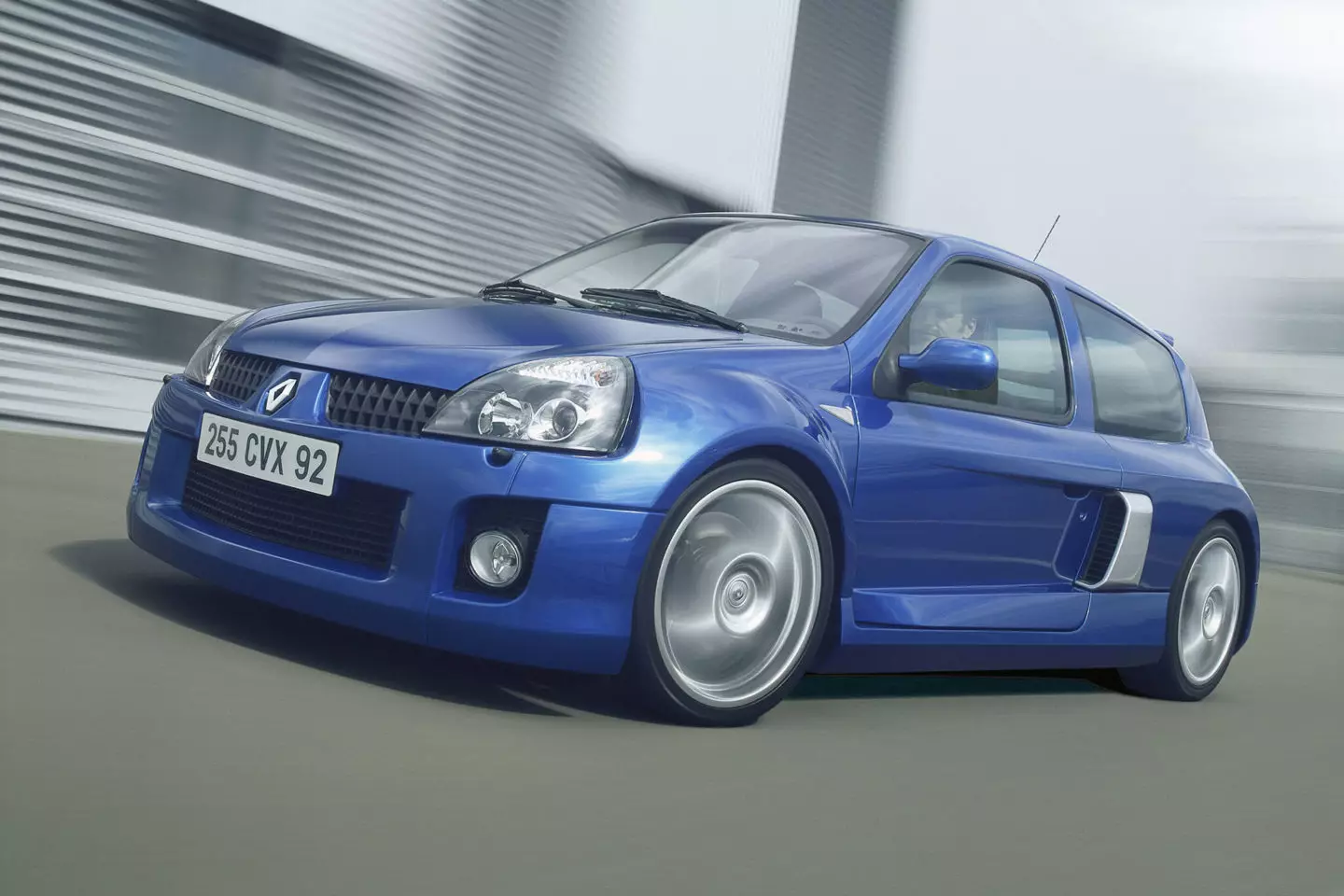
Renault Clio V6 Phase 2
Production would end in 2005, having made approximately 3000 units (Phase 1 and Phase 2). Only the production of Phase 2 and Trophy versions, destined for competition, came out of Dieppe. The Clio V6 Phase 1 were developed and built by TWR (Tom Walkinshaw Racing) in Uddevalla, Sweden.
Renault Clio R.S. 182 Trophy
We have now entered the realm of the “classic” hot hatch, where Renault Sport would quickly become a reference starting with the first Renault Clio R.S. , the beginning of one of the richest recent legacies in the hot hatch class — without detriment to its notable predecessors…
Based on the second generation of the French SUV (1998), the first Clio R.S. would arrive a year later, equipped with the 2.0 l (F4R) atmospheric 172 hp. After the restyling, the power would rise to 182 hp as well as praise for the dynamic aptitudes of this hot hatch, which were no longer modest to begin with.
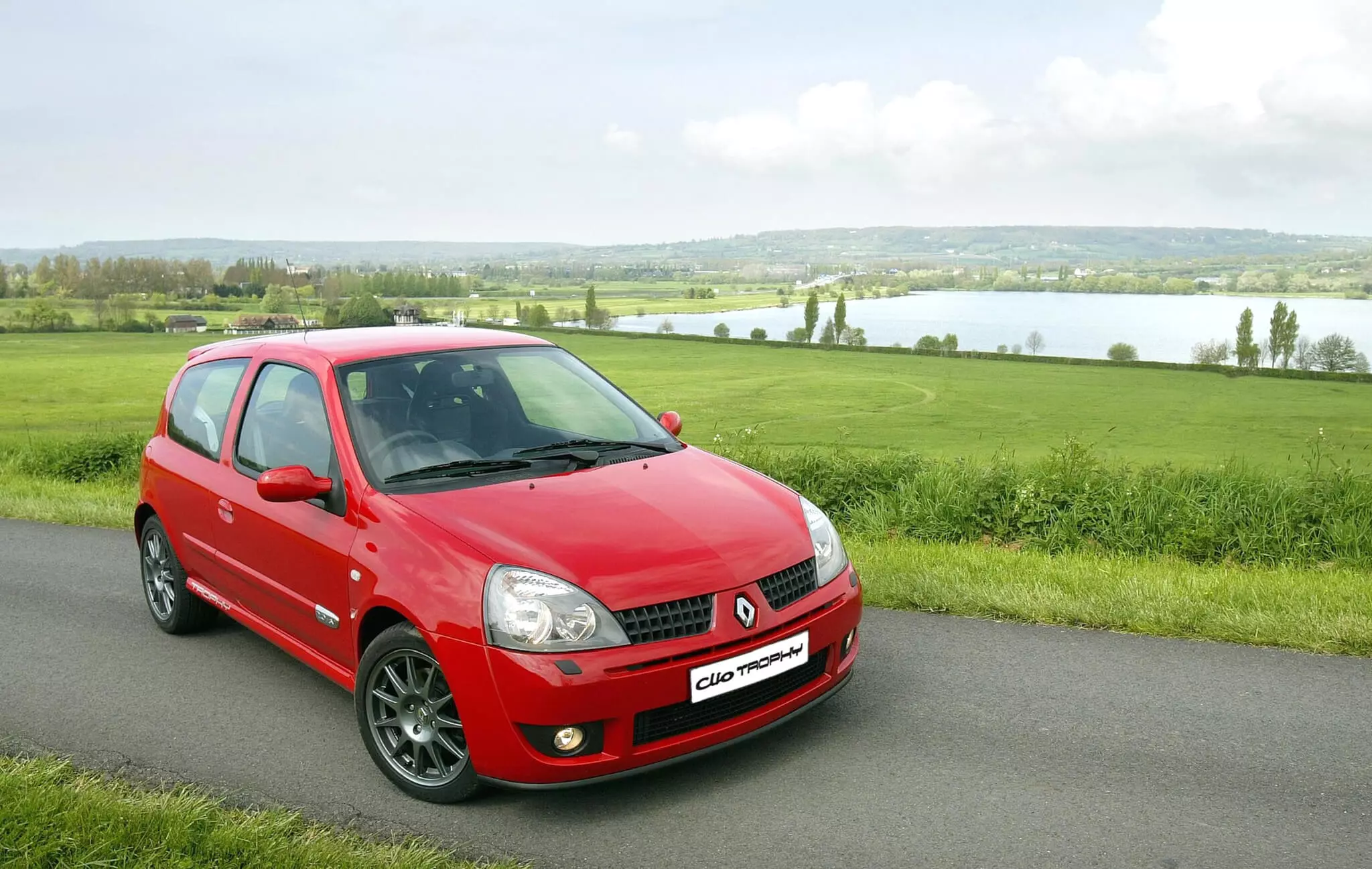
But it would be towards the end of its career, in 2005, that the Clio R.S. 182 would be elevated to the status of legend among the hot hatch, with the release of the (very) limited Trophy. Only 550 units were produced, with the vast majority of them being right-hand drive, for the British market, with only 50 left-hand drive units, for the Swiss market.
As the name indicates, it maintained the 182 hp of the other Clio R.S., with the work carried out on the chassis level taking the lead. The main difference between the R.S. 182 Trophy and the other R.S. 182 was their Sachs competition dampers (with separate oil reservoir).
Quality and (very) expensive items, the Trophy was also distinguished by specific wheel hubs, shared with the R.S. 182 Cup; 16″ Speedline Turini wheels, 1.3 kg lighter than standard; rear spoiler inherited from the Clio V6; Recaro sports seats; the exclusive color Capsicum Red; and, of course, the presence of a numbered plaque so that we don't forget how special this Clio is.
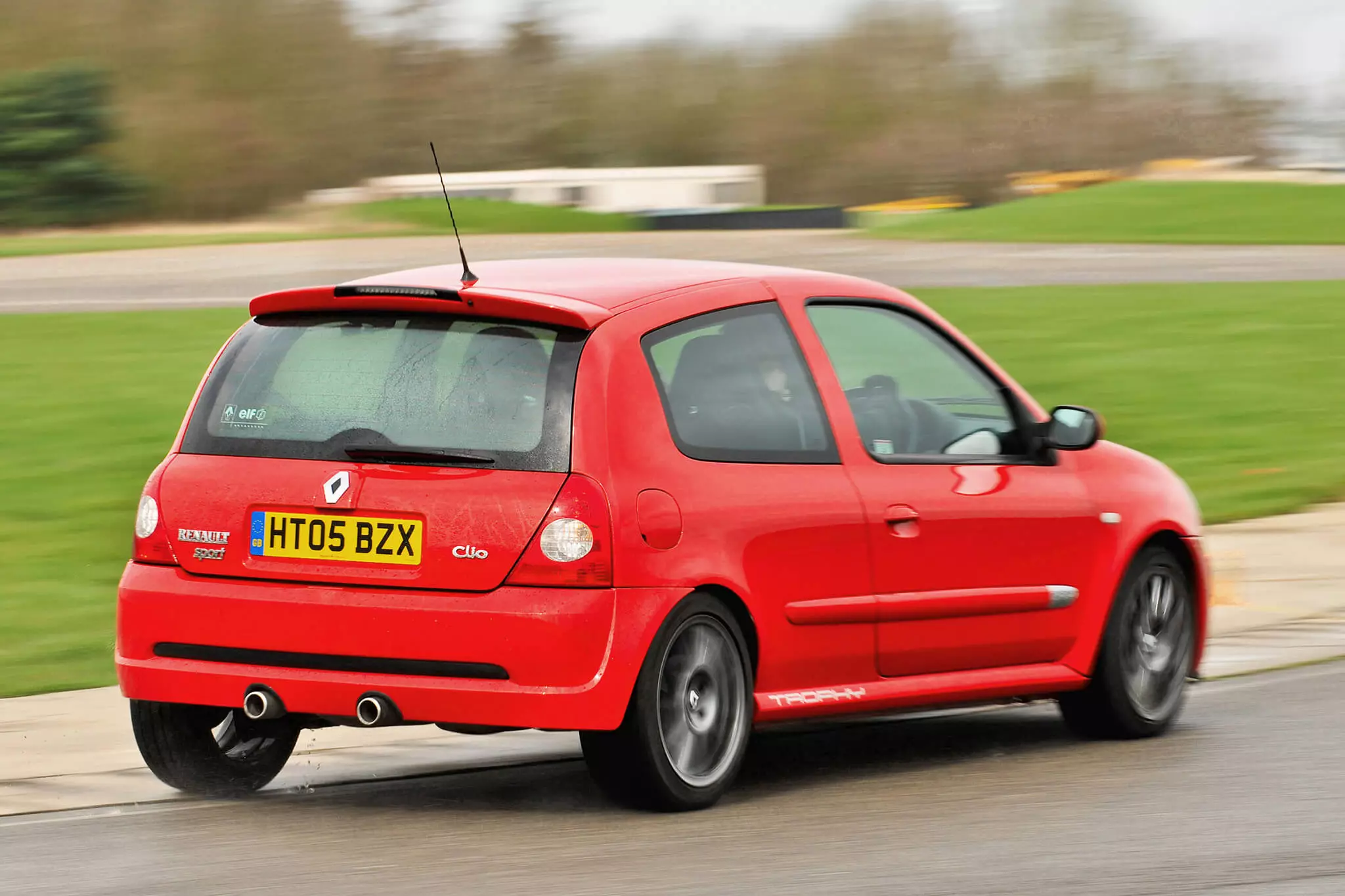
The verdicts did not wait and several publications — naturally the British, which kept the bulk of the production — considered the Renault Clio RS 182 Trophy as the best hot hatch of all time, a title that some say still belongs to it. , despite having already spent 15 years and many new hot hatch during that time.
Renault Mégane R.S. R26.R
A segment above the Clio, in 2004 the first Mégane R.S. appeared, developed from the second generation of the small French family.
It took some time to rise to one of the best in its class, but in 2008 it would automatically conquer the epithet of the ultimate hot hatch when Renault Sport showed off the Mégane R.S.R26.R , which would be dubbed by many as the hot hatch's 911 GT3.
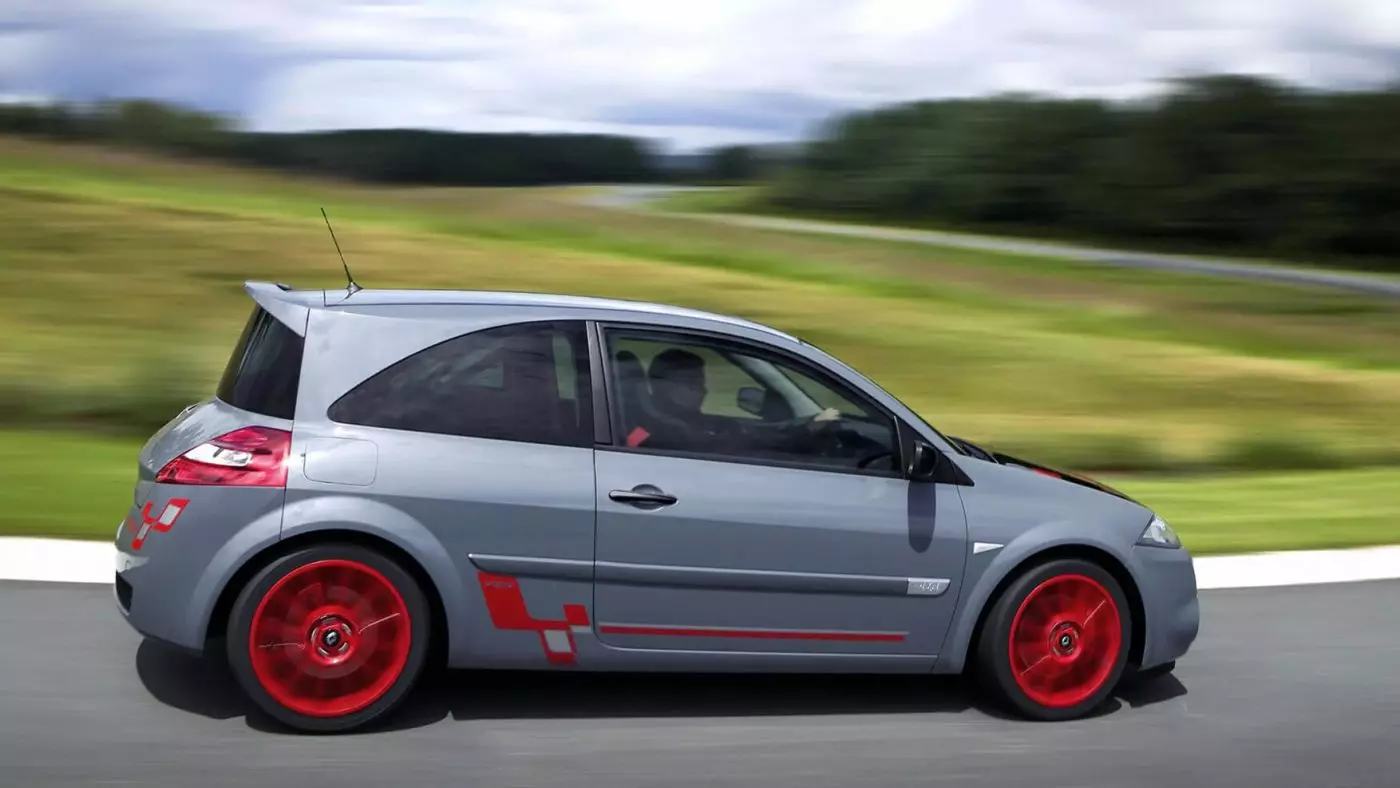
Perhaps the most radical of all hot hatches (probably only surpassed by the current Mégane R.S. Trophy-R) to see the light of day, the R26.R weighed 123 kg less than the other Mégane R.S.
Which, combined with the revised chassis, turned it into a corner hog and a media-driven conqueror of “green hell”, the Nürburgring: it would be crowned the fastest front wheel drive on the legendary circuit. Undoubtedly, it stirred up the competition, as the record of 8min17s he managed never stopped falling.
To get to know it in more detail, we invite you to read or reread our article dedicated to this fantastic machine:
Renault Mégane R.S. Trophy-R
Closing with a golden key is the least we can say about the latest product to be developed by — now defunct — Renault Sport. And like the R26.R, the Mégane R.S. Trophy-R is the most extreme and radical version of the current generation of the French hot hatch.Once again we have a machine made for bending and for breaking records, having as nemesis the no less phenomenal Honda Civic Type R.
It was in 2020 that Guilherme had the opportunity to thoroughly test this prodigious machine, being, without a doubt, one of those who will have a guaranteed presence in the hot hatch pantheon — who would have guessed that he would be the last to bear the letters R.S.?
And now?
Inadvertently, the Mégane R.S. (in its various versions) will be the last model to bear the Renault Sport imprint. The next sporty Renault we'll see may not even sport the brand's diamond, but may have an “A” for Alpine; it will not be difficult to imagine that something along the lines of what we see between SEAT and CUPRA or Fiat and Abarth could happen.
However, the most important thing is perhaps not even the symbol displayed. In line with the Renault Group's plans for Alpine, the end of Renault Sport also marks the end of combustion engines in these sports models. In a few years we will see the first fruits of this strategy, with the first model announced to be a 100% electric hot hatch with the Alpine brand.
Will it convince, excite and delight like these five Renault Sport we brought you? Let's wait…
